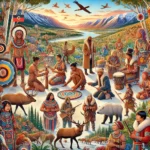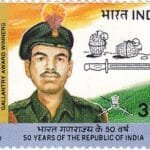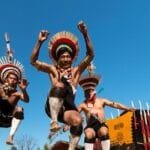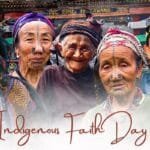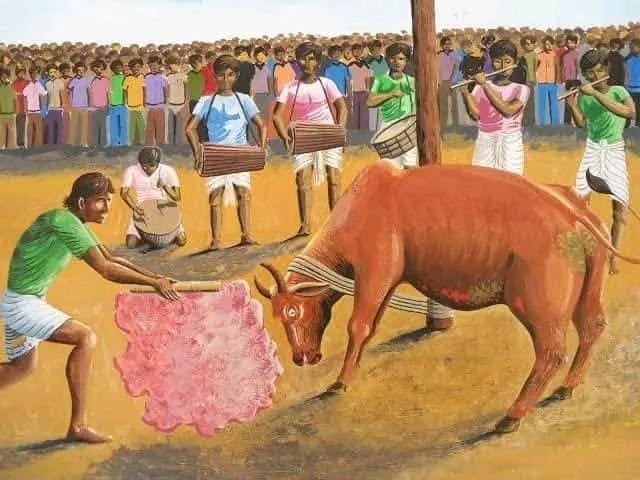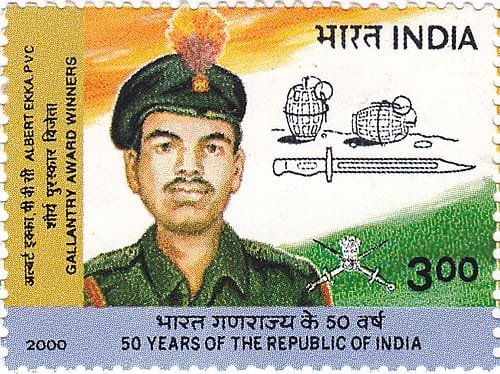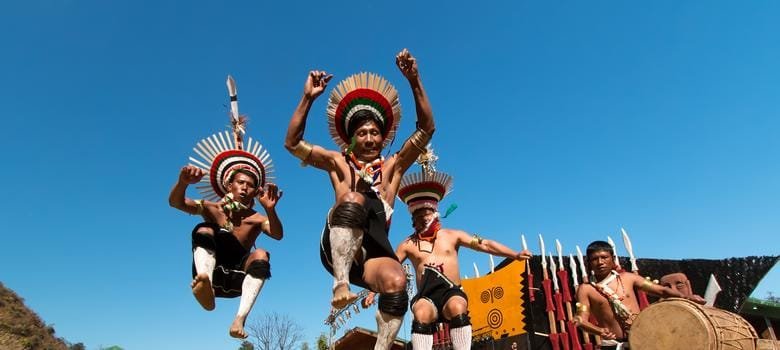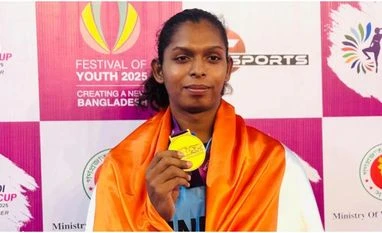Sohrai, also known as Bandana Parva, is a prominent winter harvest festival among the tribal communities in Jharkhand, Bihar, Chhattisgarh, Odisha, and West Bengal. It marks the beginning or end of the harvest season, celebrated when the paddy ripens, usually on the new moon day of the Bengali month Kartik (October-November) alongside Diwali or Kali Puja.
This festival is a time for the community to express gratitude to their deities and ancestors for the harvest, cattle, tools, and everything that contributed to their sustenance.
Santhal Traditions and Rituals
Sohrai typically lasts five days, although some regions observe a shorter celebration. The exact date of the festival varies, often determined by the village headman (Manjhi) and elders. The festivities are staggered across neighboring villages to allow families to celebrate together, particularly with married daughters and sisters.

The celebration includes unique rituals, traditional Santhal music and dance, and the sharing of handia (a fermented rice drink). Each day has its own songs, rituals, and community gatherings. In preparation, women repair mud walls, floors, and decorate the huts with vibrant Sohrai art, completed by the festival’s eve.
First Day: The festival begins with rituals and the sacrifice of chickens as an offering to their gods (Bonga), led by the village priest. Only the men of the village participate in this sacred ritual, after which they share a chicken tehri meal. The Manjhi formally initiates the festivities.
Second Day: This day is dedicated to seeking household blessings. While cattle are sent for grazing, women decorate the huts and prepare food for prasadam. At night, earthen lamps illuminate the cattle-shed, welcoming the cattle back. Their horns are adorned with oil and sindoor, and garlands made from paddy stalks are tied to their foreheads as part of the ritual.
Third Day: The cattle-shed is worshiped, and strands of paddy are brought from the fields for the puja. Afterward, these paddy strands are tied to the animals’ horns. In the afternoon, the cattle are led to an open field amid the rhythmic beats of drums.
Fourth and Fifth Days: The celebrations grow more elaborate, with women joining the men in a grand procession. The festival concludes with the Majhi ceremony on the last day.
Santhal Mythology and the Origins of Sohrai Art
According to Santhal mythology, Marang Buru (the mountain god) and Jaher Ayo (the forest goddess) descend from the heavens to celebrate this harvest festival. Women create murals in the Sohrai style on their walls, a tradition believed to bring good luck. This is where the origins of the celebrated Sohrai art lie, symbolizing hope, gratitude, and connection to nature.
The Sohrai festival is a testament to the Santhal community’s deep-rooted traditions, reflecting their respect for nature, ancestors, and the spirit of gratitude through vibrant art and ritual.

